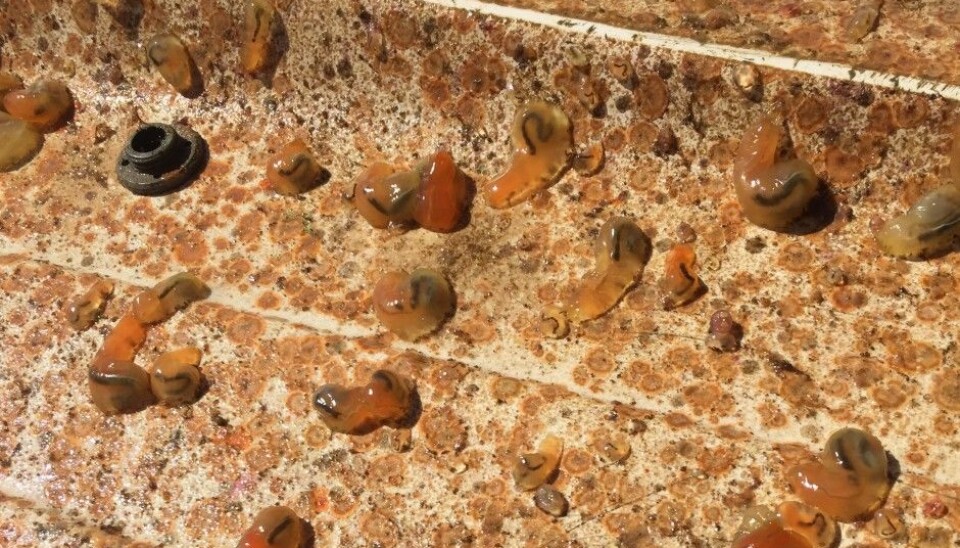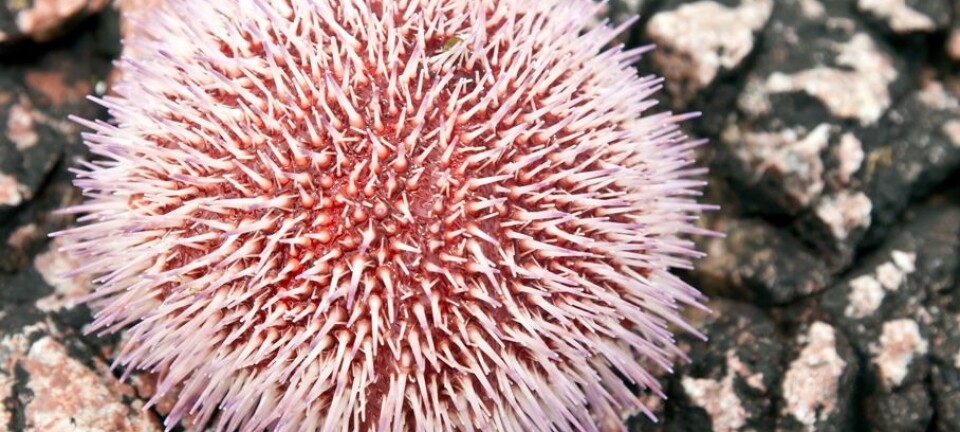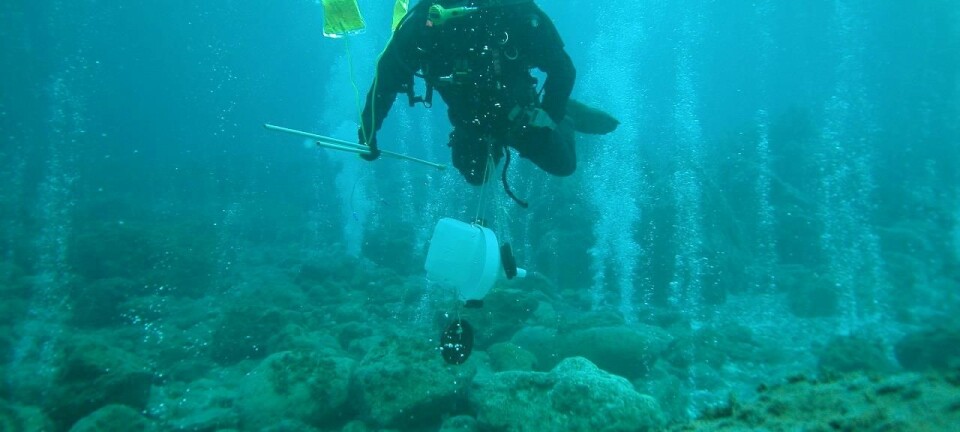
What on earth are these slimy lumps?
Long, slimy bags were dangling from under the boat when I brought it up on land. What in Poseidon’s name are these? We went to a scientist for answers.
I have scraped and scrubbed the rowboat at our cottage many times. It is often moored for long periods so you have to expect some algae or barnacles to start growing on the bottom of it.
No problem – the algae and the early stage of barnacles and mussels can be scrubbed off with a brush and a little elbow grease.
But I wasn’t prepared for what had taken up residence beneath the boat this year. Long, rather large, slimy bags were hanging from beneath the boat when we pulled it up and the sight was even worse when we flipped it over on the dock.
The largest were the size of toothpaste tubes and they contracted when we touched them. These were definitely living things and multiple questions arose. Is that a little worm inside each of the lumps? How did they get there? And quite simply: What were they?
If you have had the same problem with your boat or are intrigued by the photo, read on…
Sea squirts
“This is a sea squirt,” says Torkild Bakken, a marine biologist and department head at the NTNU University Museum in Trondheim.
The name of the slimy creatures under the boat is fairly descriptive when you poke them. They are sea squirts, or vase tunicates.
Bakken says the ones I encountered are in the class called ascidiacea, or ascidians, and this is a Ciona intestinalis. Wikipedia informs us that the Latin name means “pillar of intestines”.
They collapse when taken out of water but in their element they look like small tubes with openings, as seen in the photo below.

Vase tunicates as they appear under water. (Photo: perezoso/CC BY-SA 3.0)
Quick growing
“They are very common along the entire Norwegian coast and can be dominant on, for example, pilings beneath piers,” says Bakken.
Sea squirt larvae attach themselves to something hard, like a rock or the keel of a boat. The larvae quickly become adults, establishing large colonies.
“They grow rather fast and can achieve a certain size very rapidly,” says Bakken.
The rowboat the larvae clung to had been moored and idle for several months, which gave the animals plenty of time to grow.
Diet: plankton
But what is that worm-like dark thing inside?
“The intestines,” explains Bakken.
Sea squirts feed on plankton and they can eat their fill when plankton blooms occur in the spring and summer.
They get this nourishment by pumping seawater through their bodies. The water is filtered through its oral and atrial (cloacal) syphons, trapping the plankton. Bakken is uncertain about how much water they can pump daily but it could be hundreds of litres.
This means that they are cleaning the water in their vicinity, something that Bakken has experienced.
“If there is a large colony on a pier this can be pretty obvious. I have dived at piers where there was murky water until I came near an ascidian colony.”
“There was a distinct change in the water. Suddenly it was fully transparent. This was really spectacular.”
Not always welcome
There are many species of sea squirts and not all are welcome.
The Asian species Styela clava has colonised the oceans all over, except for Europe, Australia and New Zealand. The Norwegian Institute of Marine Research sent out a warning about them in 2010, in part because they are invasive and can out-compete other local species.
They Styela clava can live in huge colonies but fortunately they were not the type of sea squirts under our rowboat on the south coast of Norway.
-------------------------------------
Read the Norwegian version of this article at forskning.no
Translated by: Glenn Ostling
































